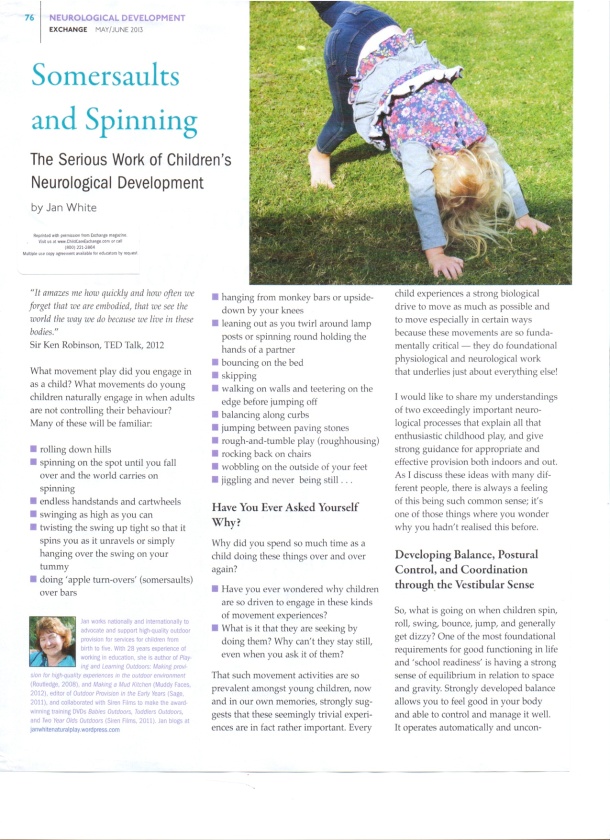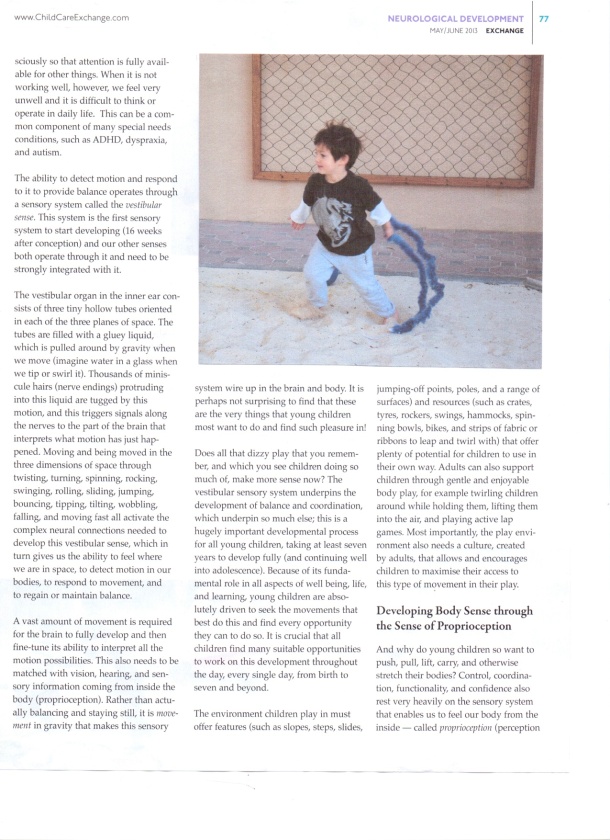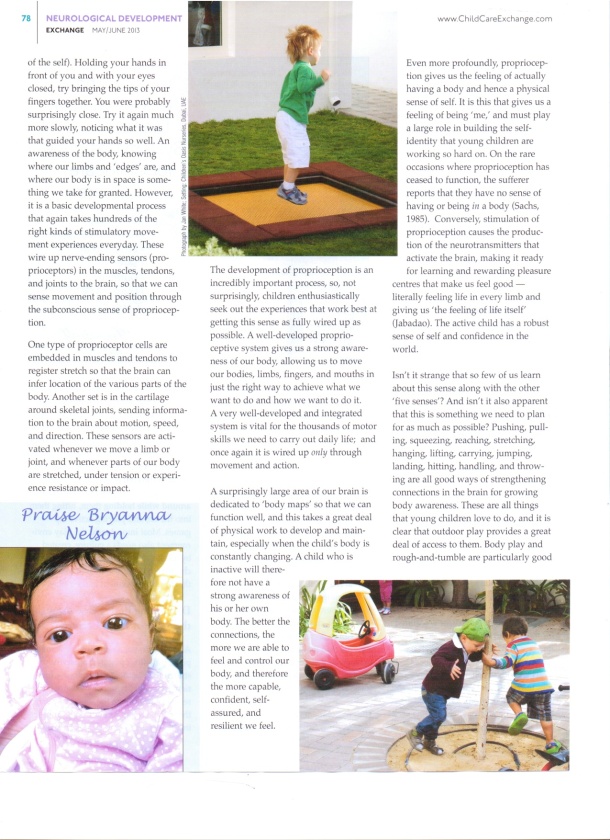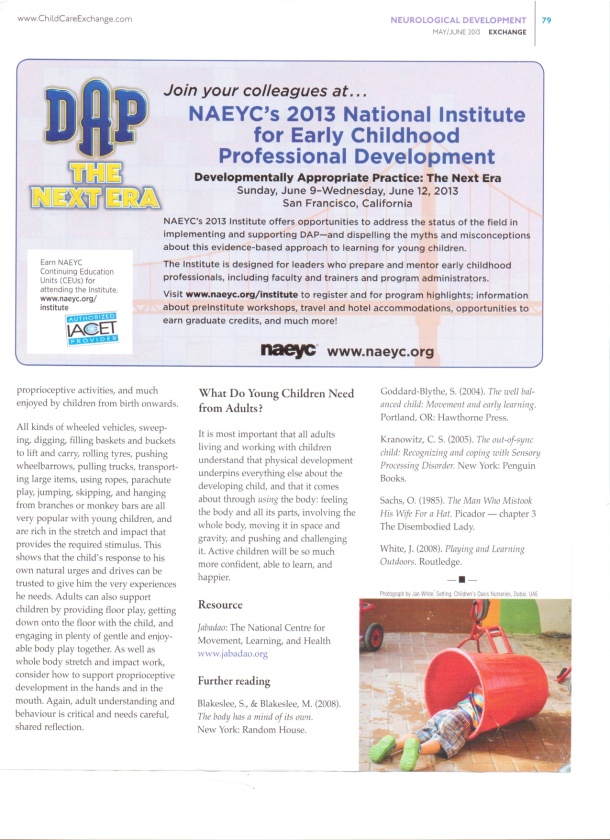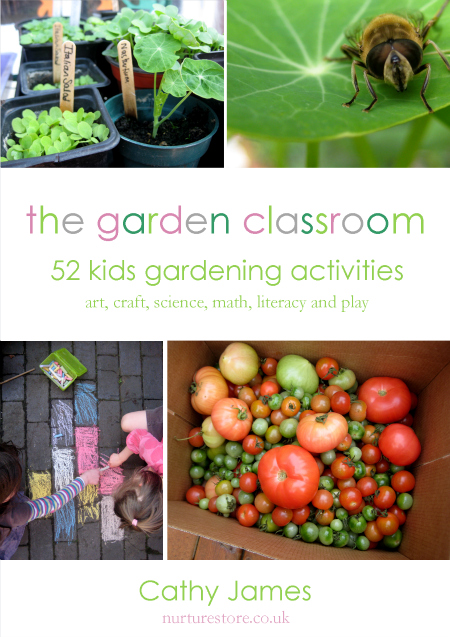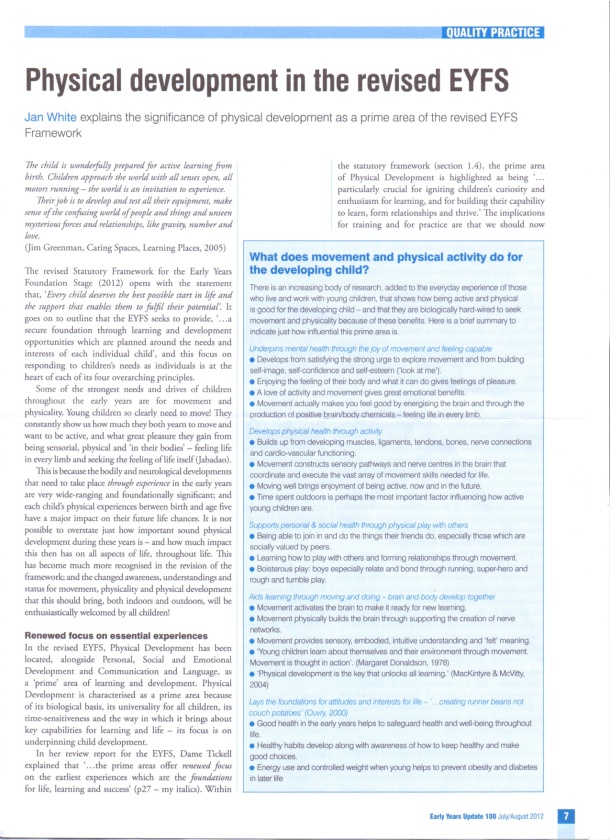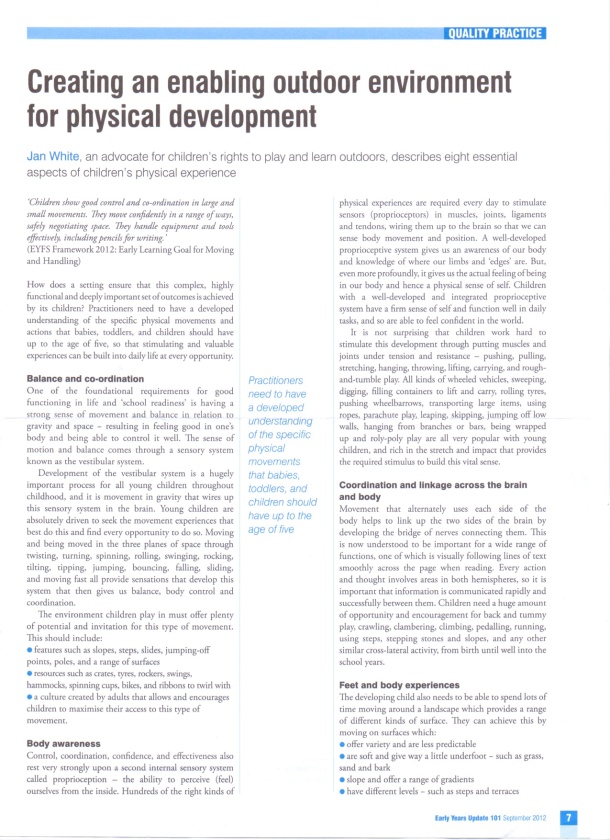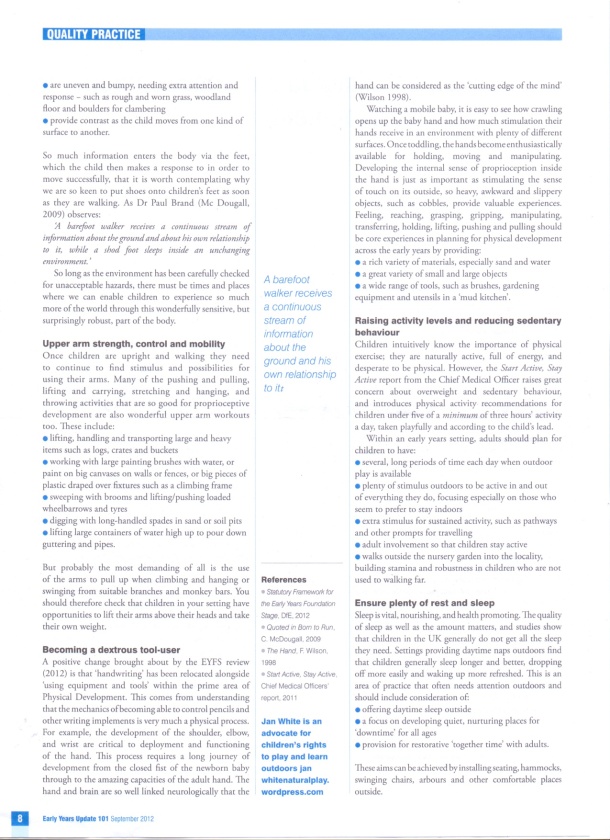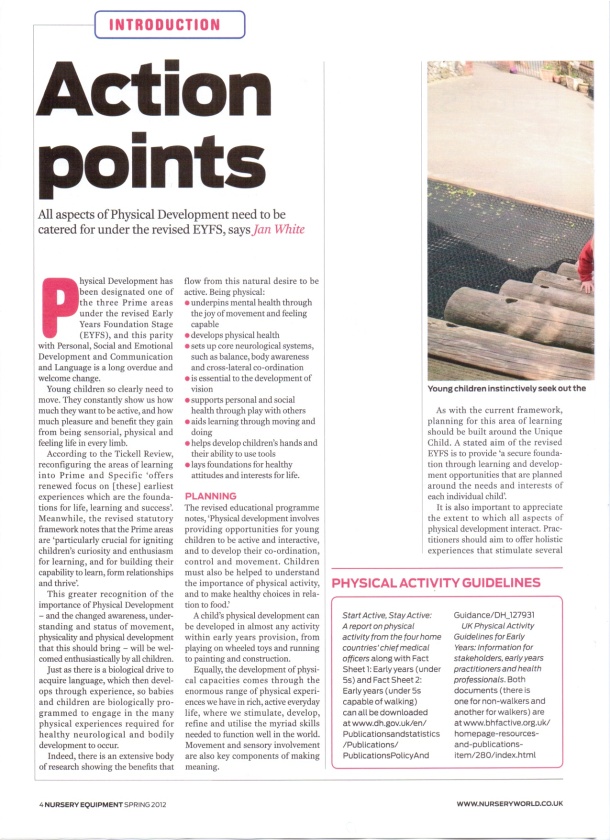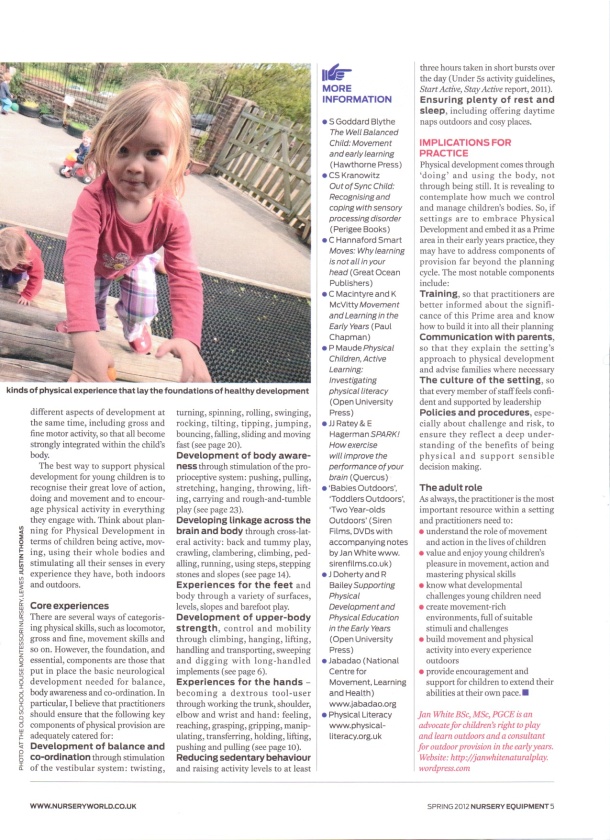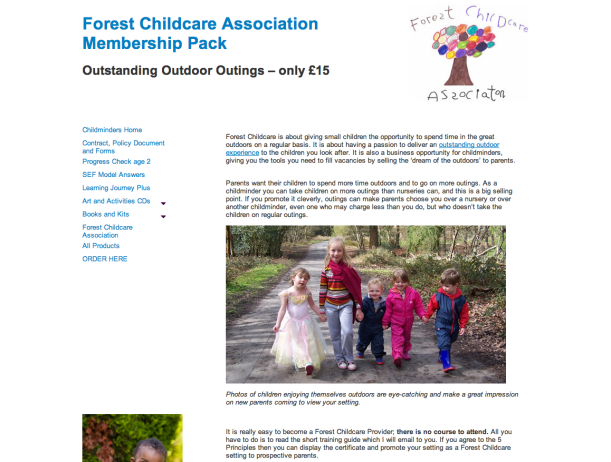Playing and Learning Outdoors is now in 2nd edition…
I’ve been meaning to post about the fact that my little book Playing and Learning Outdoors (Routledge 2008) has now been published in second edition (released Nov 2013). Without taking anything out, I’ve reviewed the whole text and ensured that it still applies and fully fits my developing philosophy and approach, adding in some of the extra things I’ve learned since then.
I’ve also reviewed the text to take it from focusing on provision for children from 3 to 5 years, to being applicable to provision and practice for children from 3 up to 7 years (also adding in such things as fairy gardens and tinkering). This is because I’m deeply convinced that this is the right way to offer opportunities for being, playing and learning outside for children in what we used to call ‘Infants’ (doesn’t ‘Key Stage 1’ rather lose sight of the fact that these children are still in the prime of the extraordinary human capacity to PLAY and learn through that playing?)
I’m also more and more convinced that we need to fight for the right of children from 5 to 7 years to do their learning through play, and being able to do that playing in the powerful play/learning environment of the outdoors, supported by educators who know how to work in the outdoors. I’ve never locked my book into any particular external curriculum because the only ‘curriculum’ that matters, I believe, is that which starts inside each child and which ‘education’ should help to come forward, being satisfying and meaningful for the learner in the process (the Latin roots of the verb ‘to educate” seem to be a nice composite of ‘to nurture’ and ‘to bring forth’).
The main addition to the book is a new chapter, on an area which I have come to realise makes another rich and important ‘ingredient’ of fully nourishing and authentic outdoor provision. Going Beyond the Gate aims to encourage practitioners to harness the layer of provision that exists around the boundaries of the nursery or centre, as a much-used, familiar and comfortable additional aspect of what they offer to children. The streets, shops, houses, roads, verges, transport, pavements, people, transport, plants, events, processes, chances and surprises in this layer bring children into meaningful relationship with their locality and community, in a way that is just not possible in even the very best on-site outdoor spaces.
All chapters now have much longer lists of relevant children’s books to support initiation and responses to exploration and play, and many more sources of support for educators for making the most of each ingredient of outdoor provision. It’s no longer a little book, but I hope that the menu of potential experiences is enticingly expanded and enriched.
So, now that the book has been shortlisted for the staff resources category of this year’s Nursery World Awards, and having seen the fabulous reviews that Julie Mountain and Juliet Robertson penned for the submission, I’m galvanised into letting you know about the new version. In it’s first edition, well over 5,000 people purchased the book worldwide – I hope this edition continues to inspire and motivate educators to provide the best play and learning experiences young children can have OUTSIDE.
I’ll post the reviews that Julie and Juliet so kindly took the time to write in a following blogpost.




